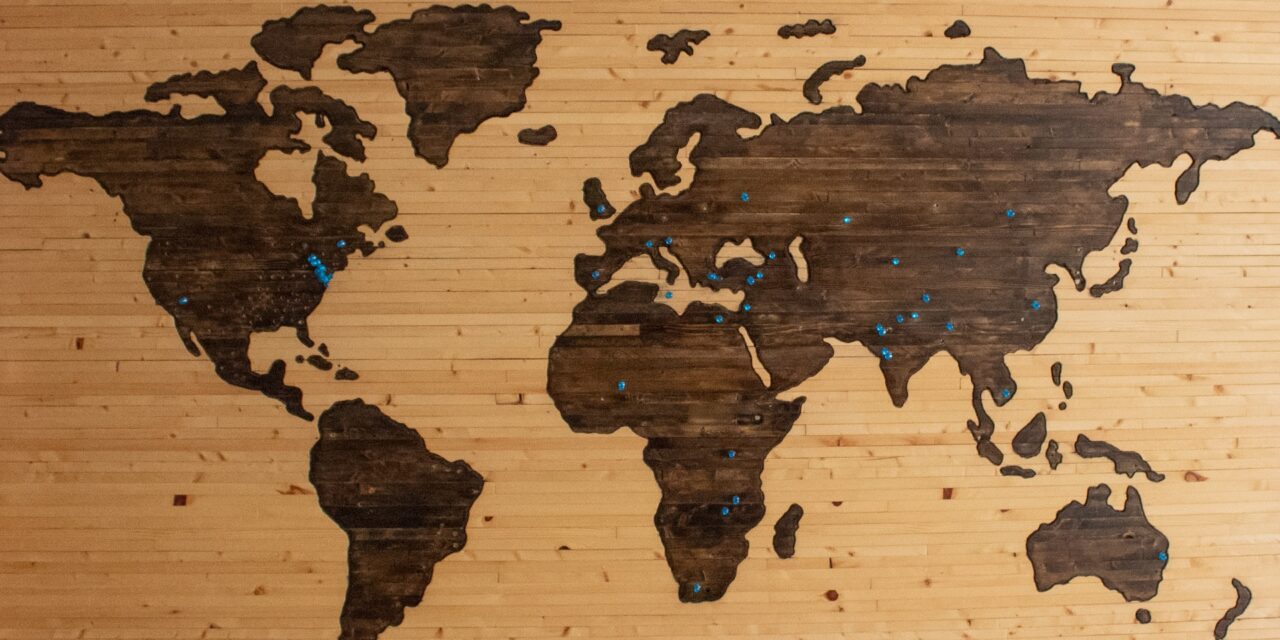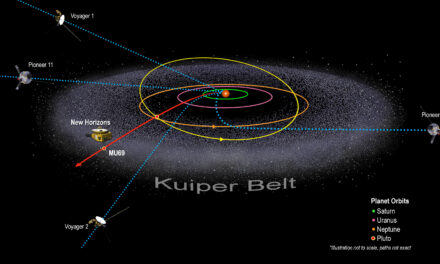The Birth of Continent Drift Theory
The concept of Continent Drift was first proposed in the early 20th century by German meteorologist Alfred Wegener. In his 1912 book, “The Origin of Continents and Oceans,” Wegener hypothesized that the continents were once part of a supercontinent he named Pangaea. According to his theory, Pangaea began to break apart around 200 million years ago, gradually drifting to their present positions on Earth’s surface.
Wegener’s initial proposal faced considerable skepticism from the scientific community. He lacked a satisfactory explanation for the driving forces behind continental movement, leading many to reject the idea outright. However, Wegener’s work laid the groundwork for further investigation into the phenomenon, and his theory eventually became the basis for the Plate Tectonics Theory we know today.
Modern Understanding of Plate Tectonics
The Plate Tectonics Theory, as developed in the late 20th century, revolutionized our understanding of Earth’s geology. It proposes that Earth’s lithosphere, the rigid outer layer of the planet, is divided into several large and small tectonic plates that float on the semi-fluid asthenosphere beneath. These plates are in constant motion, driven by mantle convection currents generated by heat from Earth’s core.
The movement of tectonic plates leads to various geological processes, including earthquakes, volcanic eruptions, and the creation of mountains and ocean basins. Additionally, the theory provides a compelling explanation for the distribution of earthquakes and volcanic activities along plate boundaries.
Evidence Supporting Continent Drift Theory
Numerous lines of evidence lend support to the Continent Drift Theory. Paleontological evidence, such as the presence of similar fossils on opposite sides of oceans, suggests that continents were once connected. Furthermore, geological features, like matching rock formations on distant continents, provide additional evidence of their former coalescence.
Additionally, the discovery of mid-ocean ridges and deep ocean trenches offered crucial insights into seafloor spreading and subduction, confirming the ongoing movement of tectonic plates.
Conclusion
The Continent Drift Theory, now known as Plate Tectonics, has revolutionized our understanding of Earth’s geological history. From Alfred Wegener’s initial hypothesis to modern advances in geophysical research, this theory has reshaped the way we perceive our planet’s ever-changing landscape.
As scientific exploration and technological advancements continue, there is no doubt that the Continent Drift Theory will remain at the forefront of geology, guiding us to unravel the mysteries of our dynamic planet for generations to come.










